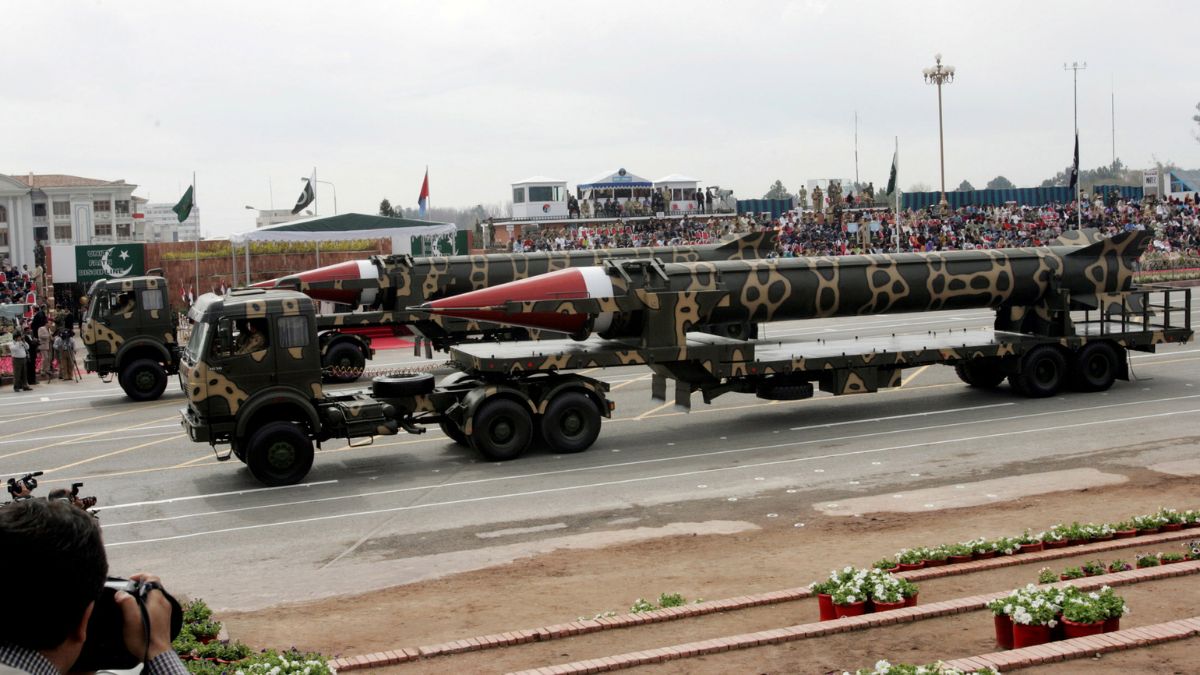Pakistan upgrading nuclear arsenal, getting tech for WMDs from China, Turkey, UAE: Report
Pakistan is getting materials and technology for weapons of mass destruction (WMDs) from China, with some supplies coming through countries like Hong Kong, Singapore, Turkey, and the UAE, US intelligence report has revealed
read more
Pakistan is upgrading its nuclear weapons with help from
China
, which provides both military and economic support, while still seeing India as its biggest threat, according to a new US Defence Intelligence Agency report released on Sunday (May 25).
The report says Pakistan’s military will likely focus on border clashes with neighbouring countries, like India, and keep modernising its nuclear arsenal in the coming year.
“Pakistan is modernising its nuclear arsenal and maintaining the security of its nuclear materials and nuclear command and control. Pakistan almost certainly procures WMD applicable goods from foreign suppliers and intermediaries,” the report stated.
“Pakistan regards India as an existential threat and will continue to pursue its military modernisation effort, including the development of battlefield nuclear weapons, to offset India’s conventional military advantage,” it said.
It’s also getting materials and technology for weapons of mass destruction (WMDs) from China, with some supplies coming through countries like Hong Kong, Singapore, Turkey, and the UAE.
While China is Pakistan’s main supplier of military gear, their relationship has hit rough patches due to recent terrorist attacks targeting Chinese workers in Pakistan, causing growing tension between the two allies.
‘India views China as primary adversary’
According to the intelligence report, India is focusing on strengthening its defence ties with countries in the Indian Ocean region to counter China’s growing influence and boost its global leadership.
To achieve this, India is engaging in joint military exercises, training, arms sales, and sharing intelligence with regional partners.
The report notes that India and China have agreed to pull back troops from two remaining disputed areas along the Line of Actual Control in eastern Ladakh, easing some tensions that flared up in 2020. However, the long-standing border dispute remains unresolved, as the agreement doesn’t settle the issue of border demarcation.
India is also pushing its “Made in India” initiative to grow its domestic defence industry, reduce reliance on foreign supplies, and modernise its military.
The report highlights India’s testing of the nuclear-capable Agni-I Prime medium-range ballistic missile and the Agni-V, which can carry multiple warheads, as well as the commissioning of its second nuclear-powered submarine.

)


